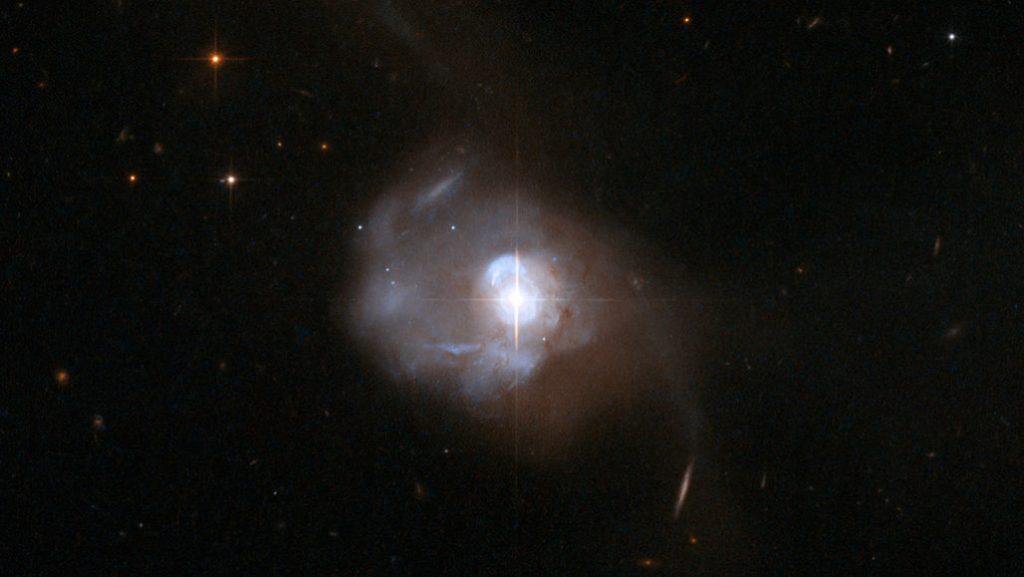
Oxygen is the third most abundant element in the universe after helium or hydrogen. However, most of them exist as water molecules associated with hydrogen. Thus, molecules of oxygen that appear to be breathing by humans have never been discovered outside the galaxy of the solar system. However, it is said that the existence of such oxygen molecules was first confirmed in a galaxy more than 500 million light years away.
Oxygen, which exists in molecular form, has been discovered in the galaxy’s Rho Ophiuchi cloud complex and the Orion Nebula (M42, NGC 1976). In the Orion Nebula, for example, water molecules are decomposed by the action of a very hot star that has just been born, and it is estimated that hydrogen molecules and oxygen molecules are generated. However, even the Orion Nebula, called the cradle of stars, has a ratio of hydrogen and oxygen molecules to 1 in 1 million, and oxygen molecules are rare.
Among these, the first successful detection of oxygen molecules outside the galaxy was the Shanghai Observatory’s astronomy research team. Using the IRAM30m telescope installed at the Sierra Nevada Observatory in Spain and NOEMA operated by the French Millimeter-Wave Radio Astronomy Institute, the research team discovered that oxygen molecules with a concentration of more than 100 times the concentration of the Orion Nebula exist in a galaxy called Markarian 231.
Macarian 231 is a type of Seyfert galaxy discovered in 1969 and is located 561 million light-years away from Earth. Experts say the existence of such an abundance of molecular oxygen cannot be explained by known methods.
However, there were some predictions. In a 2015 study, it was found that at the center of the Macarian 231 there is a high probability of a black hole binary consisting of a black hole with a mass of 150 million times the Sun and a black hole with a mass of 4 million times the Sun. Here, it is estimated that the mass of gas equivalent to 700 suns erupts at high speed per year. It is possible that this gas is breaking down water molecules in the galaxy to give rise to oxygen molecules.
In addition, when oxygen molecules emit sufficient radiation, the interstellar gas is cooled and condensed, so it can be seen that the oxygen molecules also act to promote formation of nearby galaxies. The researchers say oxygen molecules play an important coolant role in the space region affected by active galaxies, but new astrochemistry models are needed to explain the rich presence of oxygen molecules a few parsecs from the galactic center.
The research team plans to make new observations in the future to identify other areas where oxygen molecules exist. This is expected to deepen understanding of the processes emitted from active galaxies, galaxies, and star formation processes. Related information can be found here .

